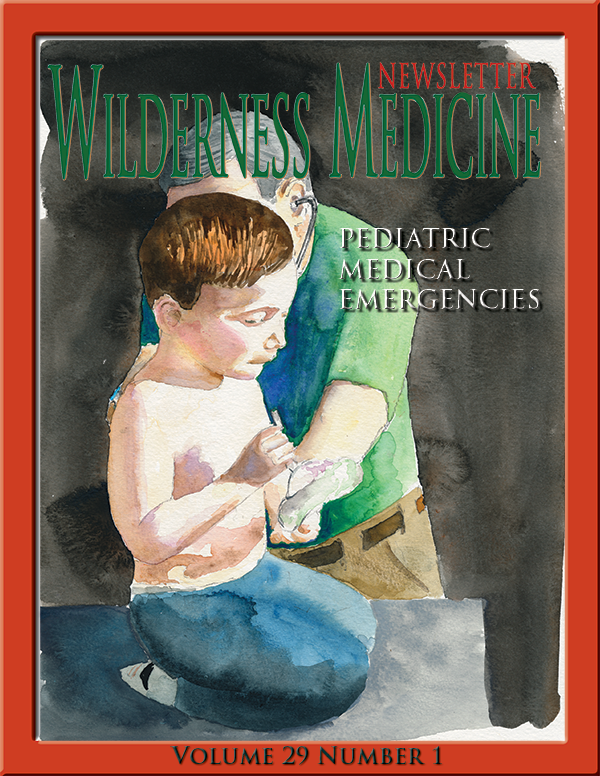AN ALLERGY PRIMER
ISSN-1059-6518
Volume 34 Number 1
By Frank Hubbell, DO
OK here we go, everything that you ever wanted to know about allergies, but were afraid to ask.
What is an allergy?
An allergy, or allergic reaction, is a hypersensitivity reaction, or over-reaction, of our immune system in response to an antigen.
What is our immune system?
Simply put, the immune system is a series of biomolecules, chemical reactions. and cells that protect us from invading foreign organisms through a variety of mechanisms. The purpose of our immune system is to recognize self from non-self, and if it is non-self, the immune system will destroy the invader and make a memory of the invader to recognize it in the future. This memory is maintained and mediated by antibodies produced by B cells also called plasma cells.
What is an antigen (Ag)?
An antigen is a toxin or other foreign substance that induces an immune response and the production of antibodies. Antigens are usually proteins or are attached to proteins.
What is an antibody (Ab)?



